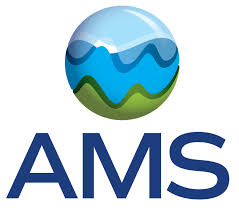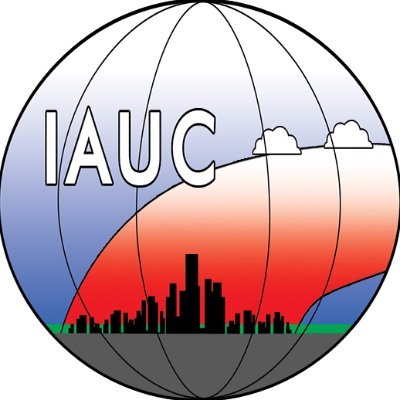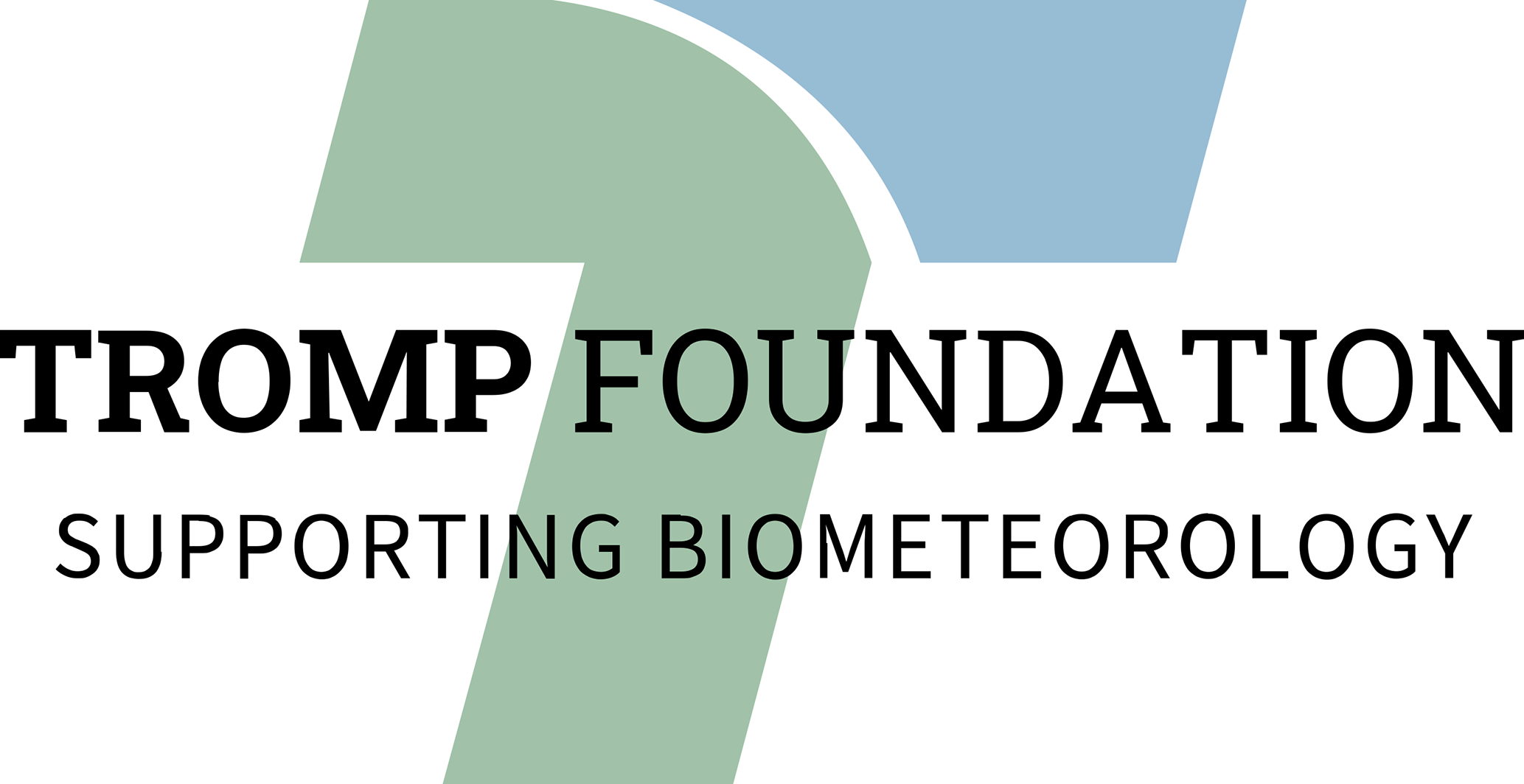The session will, therefore, be open to contributions that relate to methods and tools for quantifying and evaluating shade and shading elements in urban areas, focusing on their potential translation into urban design practices and policies. Case studies in which such methods and tools are implemented, and in which their effectiveness is evaluated, are also welcome. Sub-topics of interest include, but are not limited to: * the quantification and evaluation of shading effects from urban trees and other vegetation, including the physiological properties and functioning of plant canopies; * the design and optimization of non-vegetative shading devices and built elements; * the impact of shade on pedestrian biophysical stress, perceived thermal sensation and climate-related behavior; * the reduction of surface and/or air temperature at micro-, meso- and city scale; and * the development of design and planning guidelines for urban shade provision.
11:00–11:15
|
ICUC12-955
|
Onsite presentation
11:15–11:30
|
ICUC12-372
|
Onsite presentation
11:30–11:45
|
ICUC12-145
|
Onsite presentation
11:45–12:00
|
ICUC12-654
|
Onsite presentation
12:15–12:30
|
ICUC12-793
|
Onsite presentation
12:30–12:45
|
ICUC12-213
|
Onsite presentation




